All about cedar baths
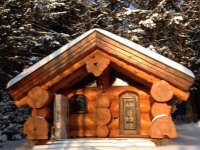
Know everything about cedar bathhouses is very important. These structures have both strengths and weaknesses, for finishing houses-baths can be used Canadian, Siberian, including Altai wood. It is necessary to study the nuances of handling cedar battens and finishing boards, peculiarities of construction and shrinkage of such buildings.
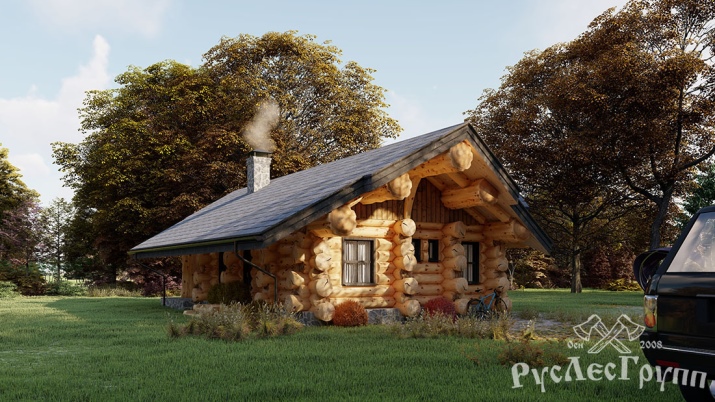
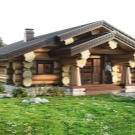
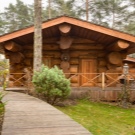
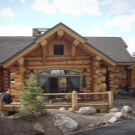
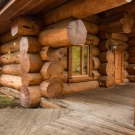
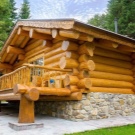
Features
To begin with, it's worth understanding how a regular wood-fired sauna differs from a sauna. (Buildings made of cedar can refer to both of these types). A traditional Russian bath can be made by "white" or "black" technology. However, it does not make much sense to choose the second option, because it is too uncomfortable. As for the general difference between any Russian bath and sauna, it refers, first of all, to the arrangement of the furnace.
The Russian classic approach implies laying the stones inside the heater and tightly covering the door. As soon as the water encounters the heated surface, it evaporates. In general, this design allows you to keep the desired temperature for a long time. It has historically been customary for Finns to make open stoves. This provides a quick initial heating, but it is more difficult to keep the heat.
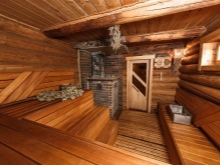
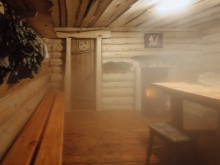
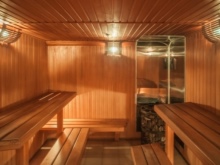
Another important nuance of sauna is the presence of a swimming pool. Abrupt changes in temperature allow you to potentially "squeeze" more benefits out of hygienic procedures. The temperature background itself is also different. In the Russian bath the heating can go from +55 to +70, sometimes up to +90 degrees, the humidity at the same time varies from 40 to 70%. In the sauna the air is drier, but the temperature often rises above 100 degrees.
But we must remember that Russian baths often try to be as simple as possible, to refuse from extravagances. In the Finnish tradition it is more common to use luxurious and well decorated rooms. Decorative lighting, carvings on wood are used. Exquisite furniture can be placed.
If the respiratory apparatus is disturbed, the traditional Russian bath is more attractive.
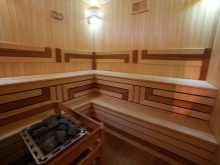
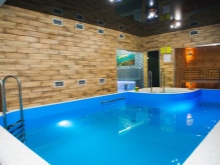
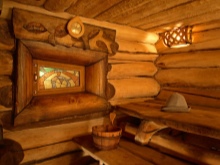
Separately, it is worth mentioning the house-bath, made of cedar. In such a variant, it is necessary to think through ventilation and air conditioning system. The layout is carried out as clearly as possible. You will have to use the services of specialists, because rarely can anyone perform the required calculations on their own. A high level of safety precautions will have to be observed.
When using timber it is necessary to calculate the probable shrinkage. Bath annex is mounted only so that the load-bearing walls were thoroughly docked. The use of metal-plastic windows is recommended.
Lintels must be rejected because of the excessive losses. For the same reason, large buildings with a large wall surface are unacceptable.
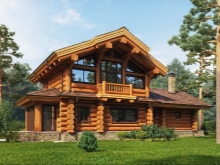
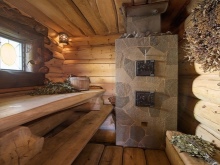
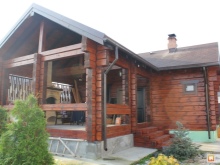
Pluses and minuses
But it is still worth clarifying another point - the advantages and disadvantages of cedar, in what it is better than pine. From the outset, it is worth stating that botanically the tree, referred to in Russia as cedar, is rather one of the varieties of pine. The same applies to "Canadian" cedars. But for the sake of clarity we will stick to the generally accepted terminology.
Beech, oak, and pine swell with moisture to about the same extent, but cedar pine swells much less.
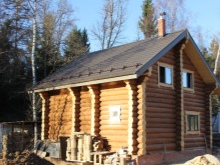
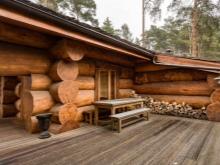
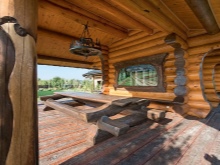
Reduction of shrinkage and swelling coefficients has a positive effect on the properties of the material. This fact is also important when selecting options for windows and doors. To characterize cedar pine by color and aroma is hardly worthwhile, because these parameters are very subjective. Cedar is not badly processed, and in this respect it is closer to pine and not to "hard" larch.
It is also important that the resin content of cedar wood is low (although you usually have to bake the resin before installation anyway).
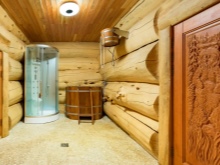
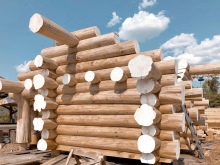
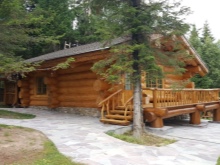
Users have a choice: in some cases, a log cabin is built from cedar logs or beams, while others create walls of any material, and use wood for decoration. Cedar wood looks beautiful and can have different shades. It retains a pleasant fragrance for years. From this material it is easy to form planks, which allow you to get an excellent battens.
The only real disadvantage can still be considered the relatively high price and the presence of "live knots".
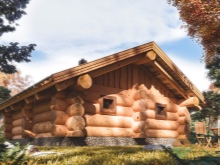
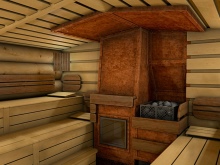
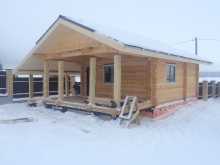
Kinds of material
Siberian
A large-diameter board or log can be obtained from a variety of types of cedar. The Siberian variety is distinguished by its softness and durability. It exudes a pleasant smell and has an excellent texture. Moisture has almost no effect on this material. It is also almost immune to attacks by harmful bugs.
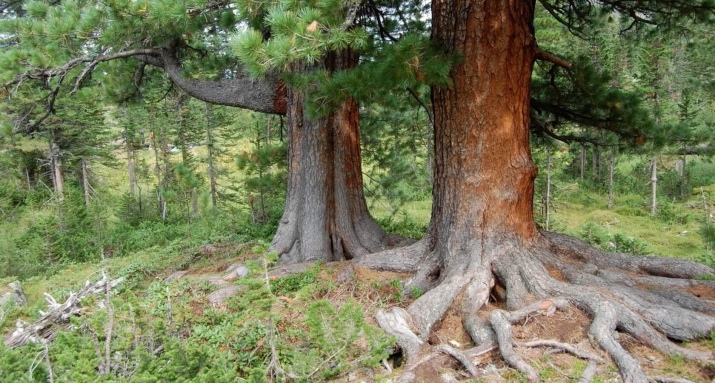
Altai
Even on a general background, Altai cedar is better than its common Siberian counterpart. In the mountainous regions of Altai, the pristine nature itself provides high quality wood. Pure cedar groves grow there, without extraneous impurities. Therefore, the preservation of the original properties of the species is guaranteed. There will be more annual rings per diameter than in Siberian trees. This means increased density and reliability.
As a result, the wood will be very resistant to all negative influences.
Such judgments are not speculative, they have also been confirmed in laboratories. But it is not possible to give exact final figures, because they depend on the specific trees and their places of growth. What is clear is that the difference in qualities can be tens of percent.
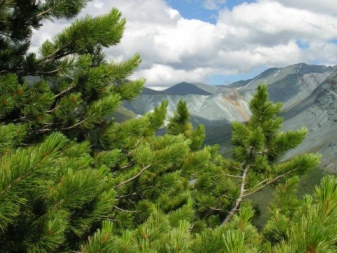
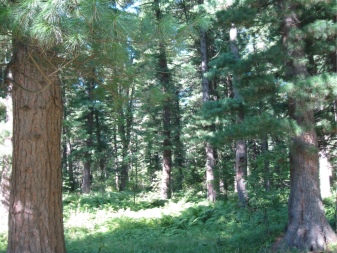
Canadian
Canadian cedars (more precisely, giant red thuas) have annual rings distributed evenly over the trunk. The wood is characterized by its uniform strength and beauty of pattern. It can range from "pale lemon" to "tobacco brown". The central portion is redder and darker than the outer section of the sawn wood. Amber, gold, or chocolate burgundy veneer can be obtained.
The interior is performed in a uniform color or with an original coloring of one's choice.
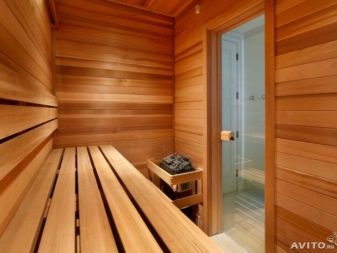
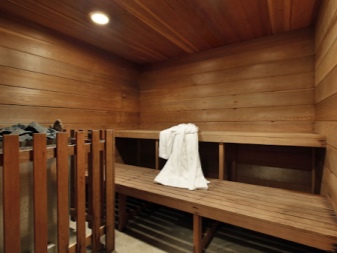
Hand-cut
The most logical solution for creating a cedar bathhouse is, in any case, hand-cut raw materials. Specialists recommend buying the material in stock to compensate for color differences in individual batches. Color variation will immediately deprive the construction of aesthetic integrity. Logging is done at night, and the bark is removed with an axe. A maximum of 5 mm from the surface is removed, so that the protection from harmful factors is preserved.
In some cases, antiseptic treatment is applied. Raw wood is left for about six months before it is sent for sale, which is the standard. This includes continuous ventilation of the stack. Cedar is protected from precipitation with the help of shelters.
Professional builders believe that the material obtained in this way is much better than rounded logs.

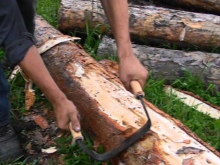

Construction
Building a log cabin
The construction of any cedar log house begins with skinning the logs. Once this is done, the wood should be trimmed with an electric planer. The next step is antiseptic treatment. Usually a pile-screw foundation is used for the bathhouse. The frame is formed from a channel, in addition, waterproofing is carried out.
When this is completed, put a "warm board", separating the log house from the foundation. Without this measure, even larch will inevitably rot.
Thanks to the presence of the board, you can simply lift the structure periodically with jacks, replacing the rotten board. Its underside is also treated with waterproofing. The entire board should be impregnated with a hard to wash out antiseptic.
Exactly the same is done with the embedded wreath. After that, the plastering is performed and proceed to the creation of the main wreaths. Cups and grooves are sawed out with chisels and axes. The logs are accurately traced. Tape material is used to insulate the grooves. The edges of the logs are covered with garden paint.
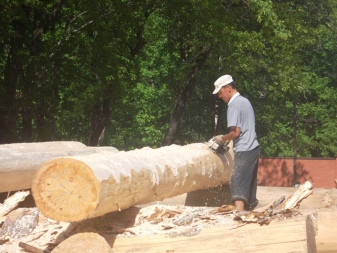
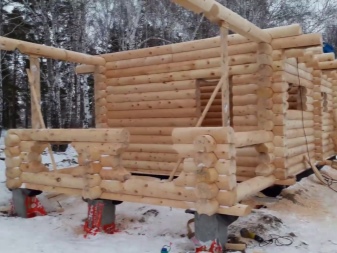
Outriggers are attached to the studs with a spring support. In addition to this, staples are used. If the outriggers are placed on the brackets, they will have to be placed on compensating jacks. The last top turn of the wreath is strengthened with spring-loaded deadbolts to increase the stiffness of the structure, because the "legs" of the rafters are supported there. The next steps, regardless of the chosen project, will be as follows:
- general antiseptic treatment;
- Insertion of ceiling beams;
- Raising the gables;
- Installation of ridge beam and rafters;
- roofing;
- forming of outriggers.
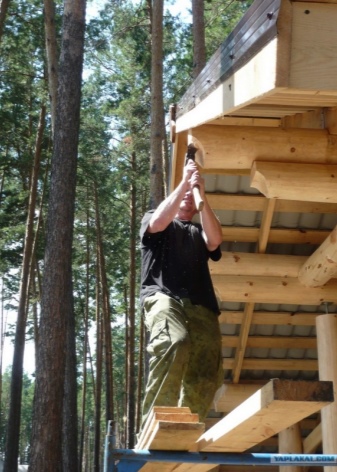
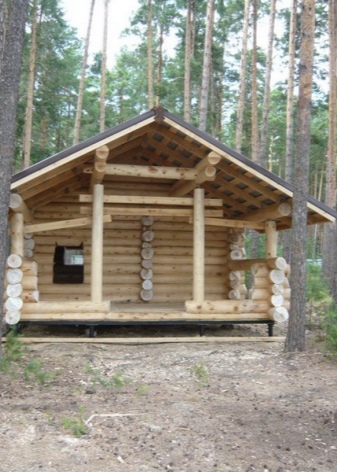
Interior trim
Rather widespread is the finishing of the steam room with the same cedar. The "lumber" class is the most common. This material over time does not desiccate and does not crack. If you have the money, you can buy an excellent high-end lumber. For a more attractive appearance, it is impregnated with natural wax.
Shades are quite diverse to surprise any connoisseur.
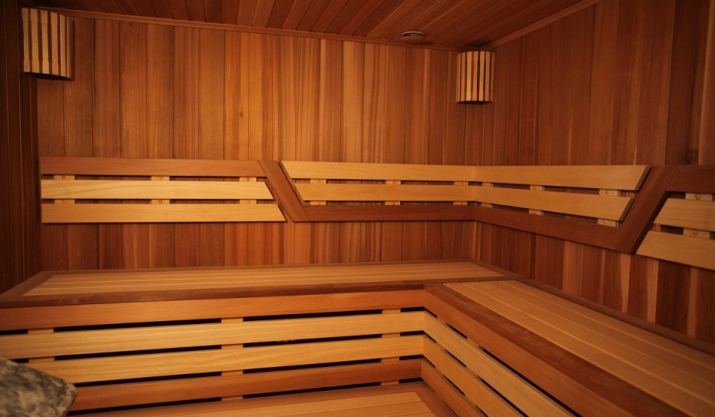
In addition to cedar battens, the following materials can also be used:
- imitation beams;
- pine linings (for the vestibule);
- pine and lime (for the steam room).
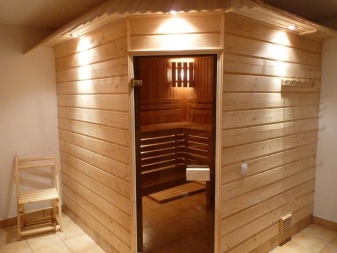
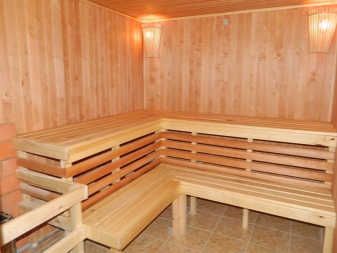
Possible shrinkage
Each log house shrinks individually. Affects the initial humidity, and treatment modes, and the average humidity. But the average figure is 5-7%. There is no need to prevent this process, it must be taken into account.
To start finishing the inside of the bath earlier than 6 months after completion of construction is not allowed.
Normal natural moisture bar shrinks by 4-9%. Normal or profiled it does not play a role here. And even logs have a similar weakness. In the dry profiled products shrinkage rate can be 4-6%. Glued profiled beam shrinkage is 2%, but the use of this material is bad because of its lack of naturalness.
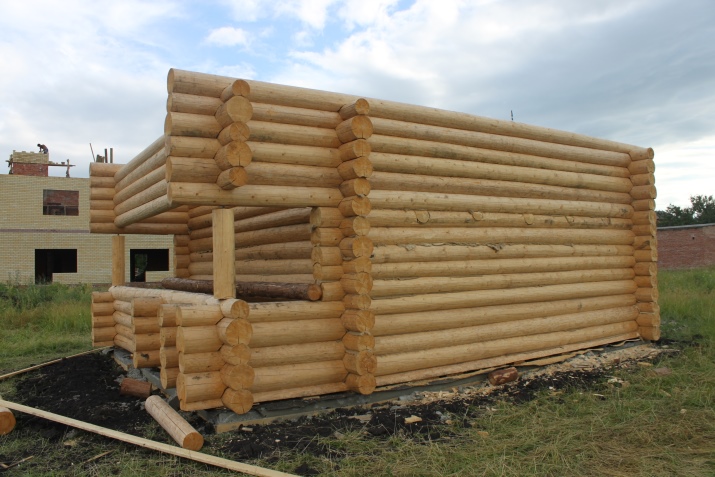
For even more information about cedar baths, see the following video.




